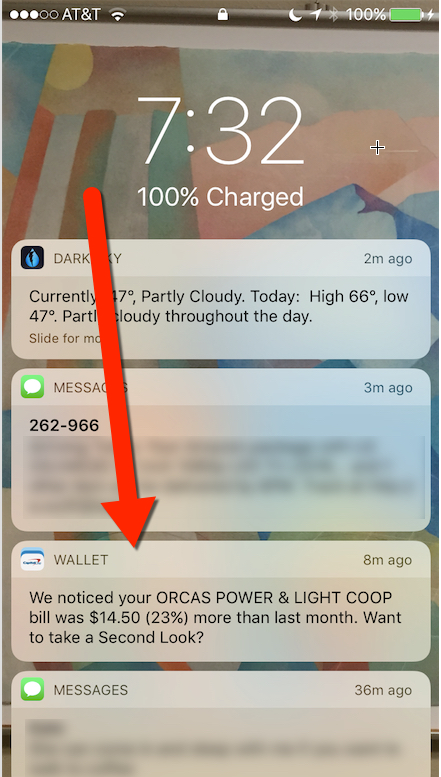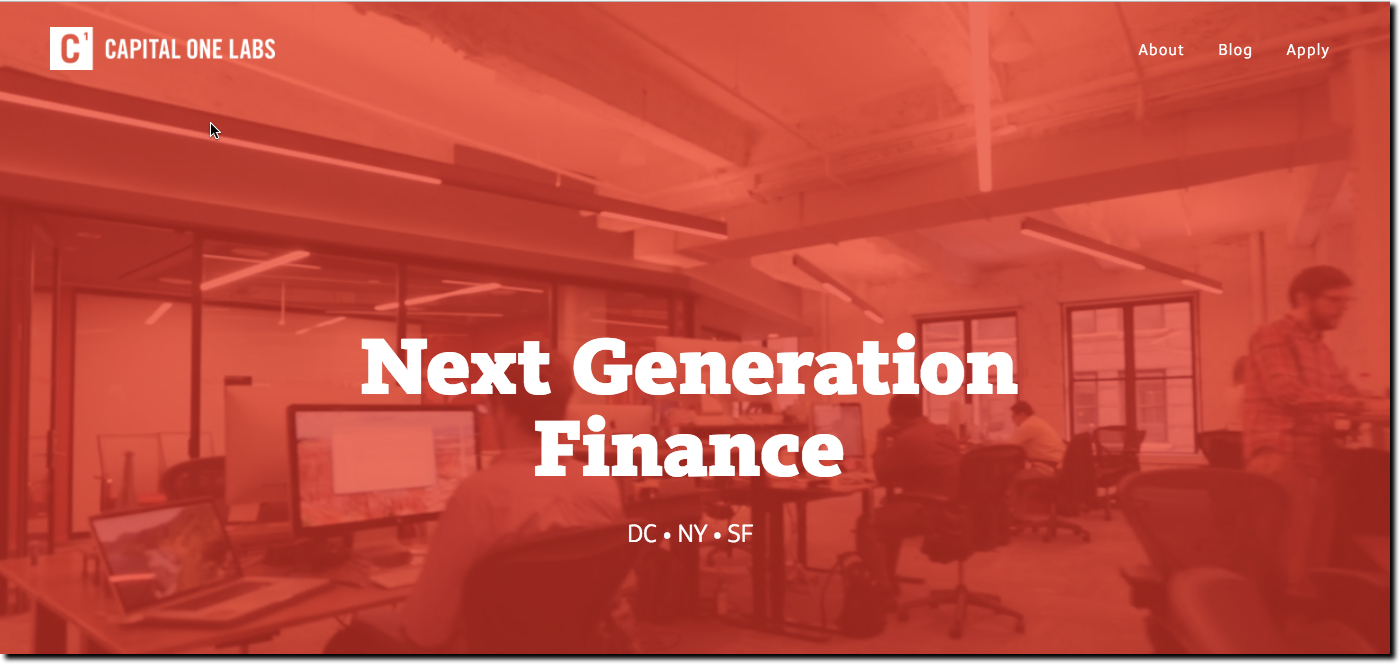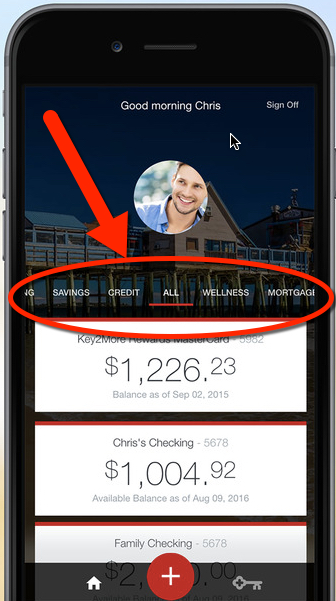
The week begins with big news on the payment cards front as Capital One announces plans to acquire Discover Financial Services in an all-stock deal valued at $35 billion. Check out what else is going on in fintech and financial services in our latest fintech weekly news rundown!
Embedded finance
German embedded finance platform Monite raises $6.5 million (€6 million) in funding.
Quaint Oak Bank selects Finzly to modernize payments and enable its embedded banking practice.
Lending
BankiFi teams up with Praetura to enhance lending to SMEs.
U.S.-based Commerce Bank deploys loan origination technology from Temenos.
CCBank selects Lendio Intelligent Lending to fuel small business funding growth.
Mortgage Cadence releases version 4.0 of its Mortgage Cadence Platform (MCP) Loan Origination System (LOS).
Payments
Payment orchestration provider BR_DGE forges new partnership with PayPal.
Kani Payments announces strategic partnership with Brazilian core banking platform Pismo.
OpenPayd forges partnership with TrueLayer to enhance its instant payment services.Paym
Gorham Savings Bank partners with CorServ to implement modern commercial credit card program.
REPAY enhances accounts payable integration for Sage Intacct.
REPAY partners with Maxyfi to modernize the collection of payments.
FXC Intelligence signs a data and intelligence partnership with dLocal to support its expansion into the remittance segment of the cross-border payments industry.
UNIPaaS launches AI Assist solution.
Regtech / Compliance
AML compliance and fraud prevention solution provider Flagright teams up with digital transaction solution Traxion.
Napier AI lands £45 million backing from Crestline Investors.
Ncontracts and America’s Credit Unions announce alliance.
Silent Eight expands partnership with HSBC to provide transaction screening solutions.
Digital Banking
Singapore-based digital bank Tonik unveils new joint savings account for couples, Luv Stash, with a 4.5% interest rate.
Personetics appoints Udi Ziv as new CEO.
Nigerian digital bank FairMoney is considering acquiring Umba, digital bank with operations in Nigeria and Kenya, in an all stock deal valued at $20 million.
Crypto
Revolut announces plans to open an advanced cryptocurrency exchange.
RockWallet to onboard former Wyre users after acquisition of its customer base.
Mastercard and Swoo partner to offer crypto cashback on everyday purchases.
Helius raises $9.5 million in Series A funding to enhance the developer experience on Solana.
Fraud and security
U.K.-based AML platform Napier AI secures $56.8 million (£45 million) in a round led by Crestline Investors.
Featurespace appoints Dr David Sutton as Chief Innovation Officer (CINO) and Kendra Rogers as Chief Communications & Marketing Officer (CCMO).
Investing and wealth management
Revolut launches new robo-advisor service in Ireland.
Velexa introduces Fractional Bonds, democratizing investment in high-quality bonds.
TIFIN receives $10 million from SEI to power the future of wealth through artificial intelligence.
Open banking
Data intelligence platform Bud Financial is partnering with open banking company Fintech Galaxy to strengthen the open banking scene in the MENA region.
Insurtech
Insurtech Mylo selected by 1-800Accountant as digital insurance partner.



![What’s the Fuss? Amazon Already Offers Full Suite of Banking Services [Updated]](https://finovate.com/wp-content/uploads/2018/03/amazon-banking-product-line.jpg)











 I am not a
I am not a 


